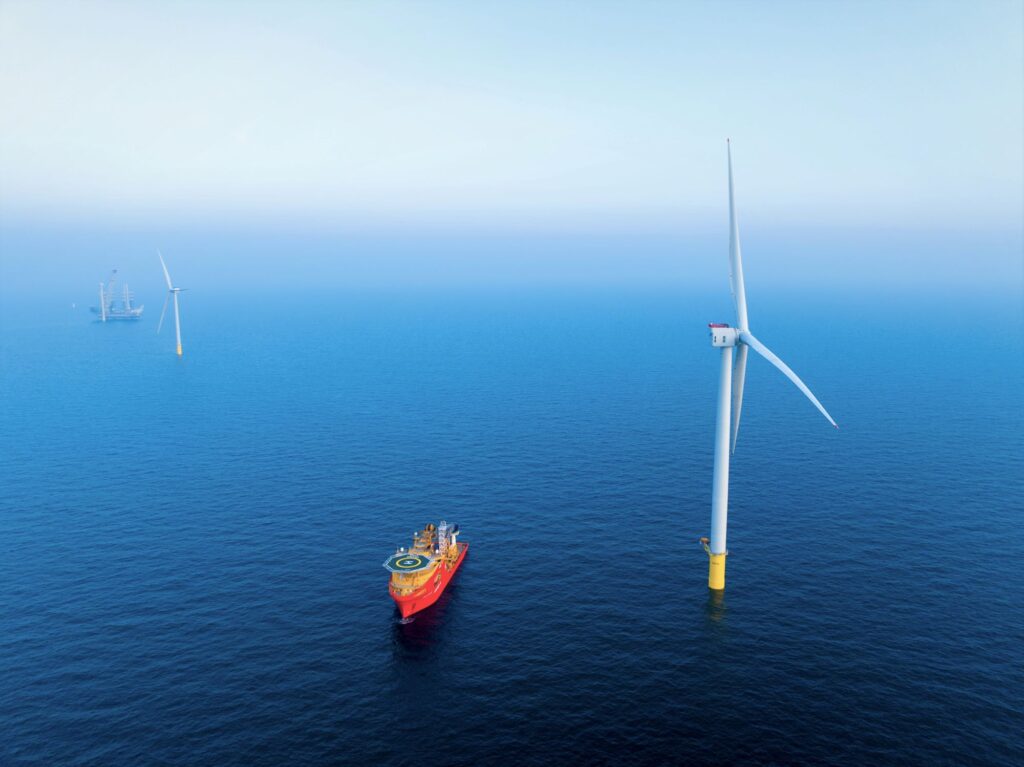
Although something huge is happening in the North Sea, something genuinely transformational, the chances are it has barely registered with you.
Why is that?
Maybe because no matter how hard you scan the horizons from the sandy beaches of Seaburn, Seaton Carew, Sandhaven or Druridge Bay, you can’t see it taking shape and there are few regular updates.
Yet across many miles of water, something is emerging which will impact the lives of everyone on these islands, a development headquartered in the North East.
And perhaps in keeping with this very understated revolution, the nerve- centre of that change is a bright and shiny but unimposing red and grey box building on the banks of the River Tyne.
The block is the recently built headquarters of the Dogger Bank Wind Farm and from that base, the world’s biggest wind farm will be operated and maintained.
There are so many good green stories to tell in the North East – from the renewables hub at Blyth to electric vehicle production in Nissan down to the massive green investment in Teesport – but none is bigger than Dogger Bank.
Its state-of-the-art HQ lies in the Port of Tyne, South Shields, (which means no passing traffic or footfall to make the public more aware of its existence), and much of its work is done via the River Tyne where support and supply vessels slip surreptitiously out to sea and the farm, situated 80 miles off the North East coast at its nearest point.
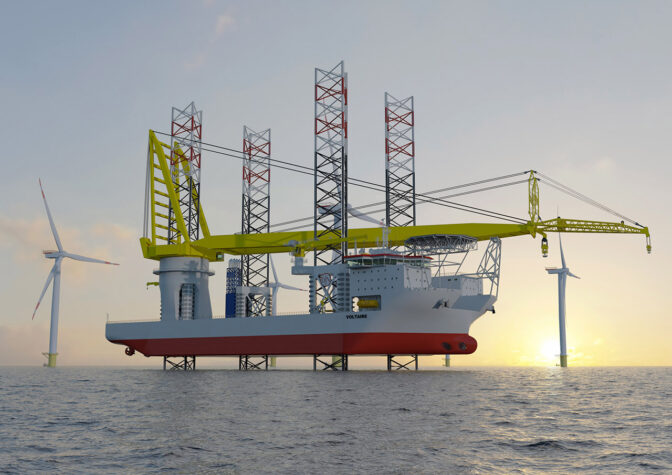
The development of this £9 billion wind farm has been a tale of great ambition, great cost and great scale many years in the making but it is tantalisingly close now.
First power from the first turbine was registered last October, marking the start of phase A; one of three phases of the project.
The phases are vast in scope with each one being treated in the same way as a coastal port would be in terms of docking, maintenance, and administration.
All this in preparation of a time when the farm becomes fully operational, with Dogger Bank then expected to generate up to 3.6GW (gigawatts).
For those of us from the 1980s, that’s enough to send someone Back to the Future almost three times over, (“1.21 gigawatts, Marty? Great Scott!”).
But in non-cinematic terms, 3.6GW represents enough energy to power up to six million UK homes.
That’s a frankly staggering statistic, hard to put into any perspective at first glance – just like comprehending the size and number of the turbines or the scale of the farm itself.
But consider this – there are 2.55 million homes in Scotland,* 1.35 million homes in Wales,** which means Dogger Bank would technically be able to keep the lights on in every single home in both countries and still have the power to light up the North East of England.
The turbines themselves, meanwhile, are truly gigantic structures, standing 260 metres tall.
Again, that’s a hard size to grasp immediately – but think of something four times the height of Grey’s Monument, or 13 times the height of the Gateshead Angel and you’re in the right ballpark.
Ultimately, there will be 277 of those colossal turbines, spread out across 600 square km of the North Sea, or, for the sake of a final comparison, roughly the area of Greater London.
Taking responsibility for the successful day-to-day running of that farm, (doesn’t ‘farm’ seem way too small a word?), is the team at Dogger Bank’s South Tyneside facility, led by Operations Director, Mark Halliday.
Given the global size of the project, its cost and its complexity, you might be forgiven for imagining Mark a loud, brash American corporate executive, or considering the Norwegian ownership of parent company Equinor, an imposing figure of Scandinavian seriousness.
“There’s no doubt it’s the future and hopefully a large part of the future of the North East.
Mark Halliday, operations director at Dogger Bank’s South Tyneside facility
But Mark is one of our own, born in the County Durham town of Peterlee, which makes him no less effective or efficient, and perhaps gives him an advantage, as someone who knows the area and its people, (who make up such a large percentage of the Dogger Bank team), so well.
One thing’s for certain, if you were looking for a better example of the North East’s green transition in action than Mark himself, you’d be hard-pressed to find it.
The son of a former County Durham miner, his father, Billy, worked the coalface of Easington Colliery pit but dreamed of a future where his son would not have to follow him down into the darkness and the danger.
And one of the things Mark has been most proud of when it comes to the development of Dogger Bank, has been its stellar record in terms of safety and the efforts and intelligence of so many people involved in making that so.
For the past year, he has been familiarising himself with the science of logistics and supply at the Port of Tyne facility and the monitoring of energy as it starts to be tracked at the centre.
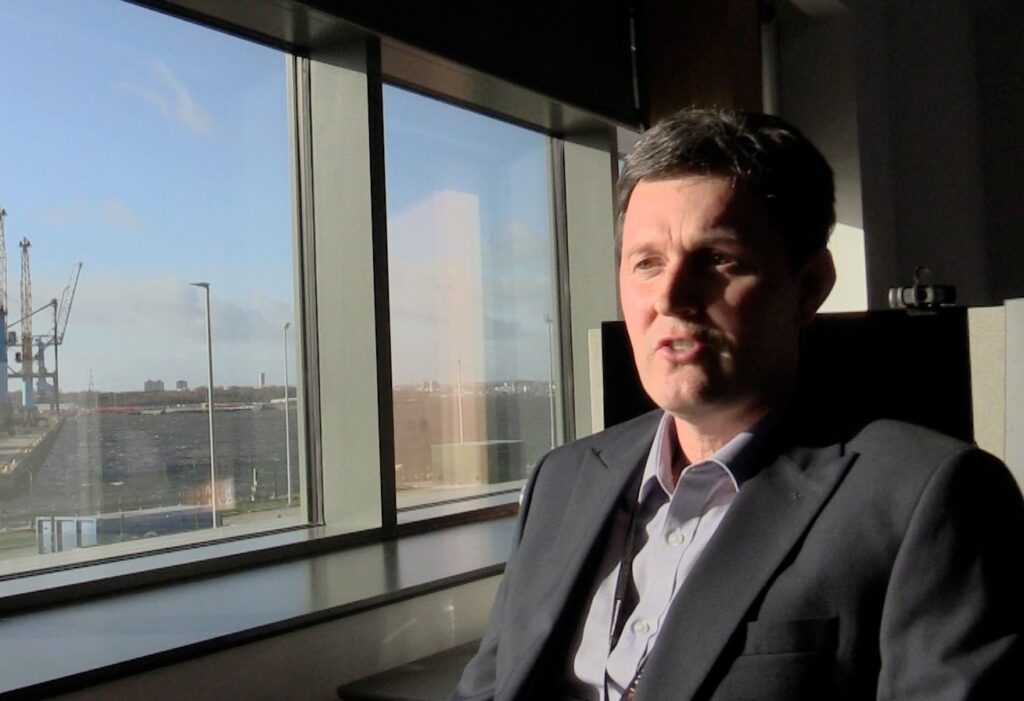
Everything about the onshore base, which includes warehouse and control facilities, is of the highest quality and spec and every effort has been made to give the building as low a carbon footprint as possible.
At the same time, the number of staff employed to work in those attractive conditions has been steadily increasing as Dogger Bank continues to power up – a process Mark is looking forward to seeing completed.
“I’m very privileged,” says the former Dean House Comprehensive pupil. “If someone had told me 20 years ago that I would lead the world’s largest wind farm into operation, I would have taken that as a fantastic achievement.
“I spent six years in manufacturing taking on various projects before realising that the renewable energy industry was growing, and I wanted to be part of it.
“Twenty years ago, I moved into it and never looked back, it’s such a growth industry, and I’ve seen it develop over the years to the point where it has now reached something of the scale of Dogger Bank.
“There’s no doubt it’s the future and hopefully a large part of the future of the North East. My father worked in the mining industry, and I work in the renewables industry, so you could say there’s that transition in just one generation of my family, but it is similar to what the country as a whole has been going on for some time now.”
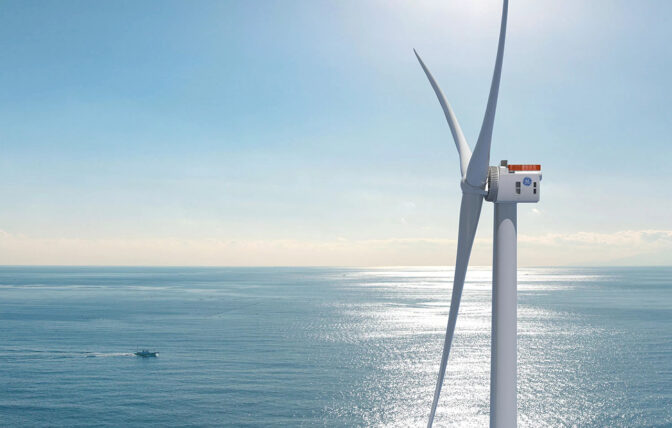
Once it is up and running, the Dogger Bank wind farm powering more than one in six homes will be far more than just a North East success story.
SSE Renewables has led on the construction and Norway’s Equinor will run the farm which will provide work and infrastructure all the way down the North East coast from Port of Tyne to Hartlepool, Teesside, and into Humberside.
It is expected to create 400 jobs based in South Shields at the new operations base which was sited there for a purpose: “One of the reasons why we are based in the North East is because of the skill set of the people here, people who run heavy industry – it’s a great area to transition skills that already exist into offshore wind,” said Mark.
Change comes in many forms. When you switch on your lights or turn on your heating, you never stop to think about where that energy has come from, but the fact that so much more of it will come from renewable sources in the future is a huge part of the green transition.
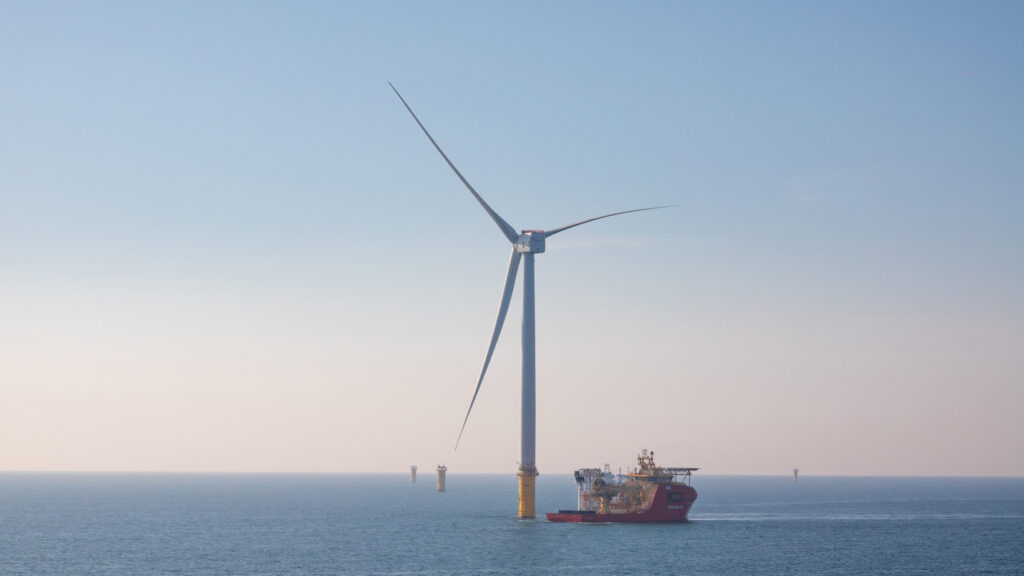
By 2026, Dogger Bank will be the biggest in the world but three other farms off the UK coast are not far behind in terms of either being completed or constructed and are similarly vast, reminding us that the claim the UK could become the ‘Saudi Arabia of wind energy’*** is not an exaggerated piece of rhetoric or flight of fancy.
Sometimes, opponents of wind power seek to portray its enthusiasts as flower-wearing hippies sitting next to mediaeval windmills.
Dogger Bank gives the lie to that claim with its giant blades, cutting-edge technology, and potentially colossal power generation.
The reality is that the future of cheap and clean green energy for millions of people is already upon us. It’s just a little bit over the North East horizon, that’s all.
Sources: * National Records of Scotland
** Results from the latest census, 2021
*** Ex-Prime Minister Boris Johnson
@GSAMedia4u
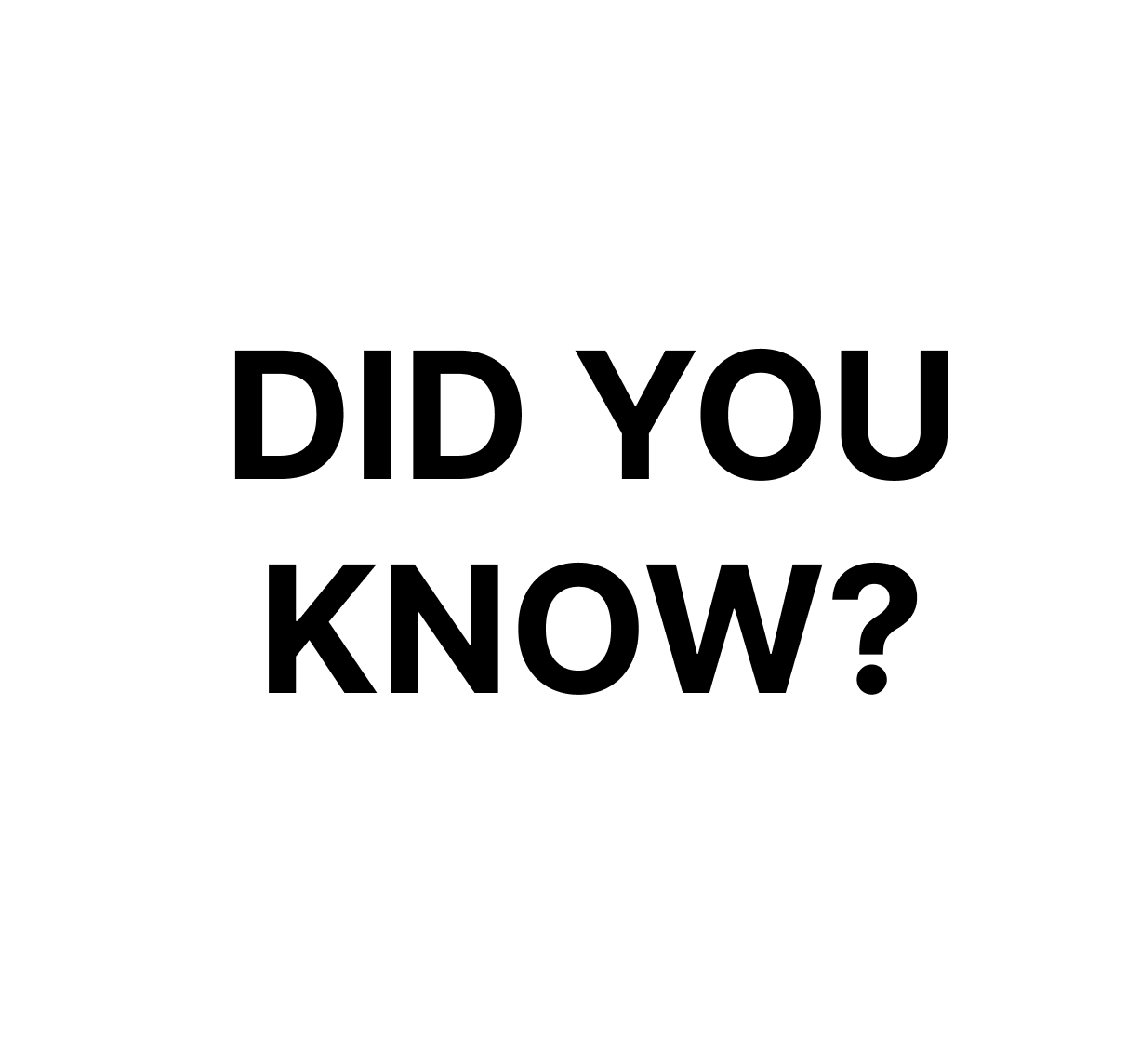
Researchers at the Centre for Life have advanced the world’s understanding of how to treat cancers, address fertility and manage genetic and neuromuscular diseases










